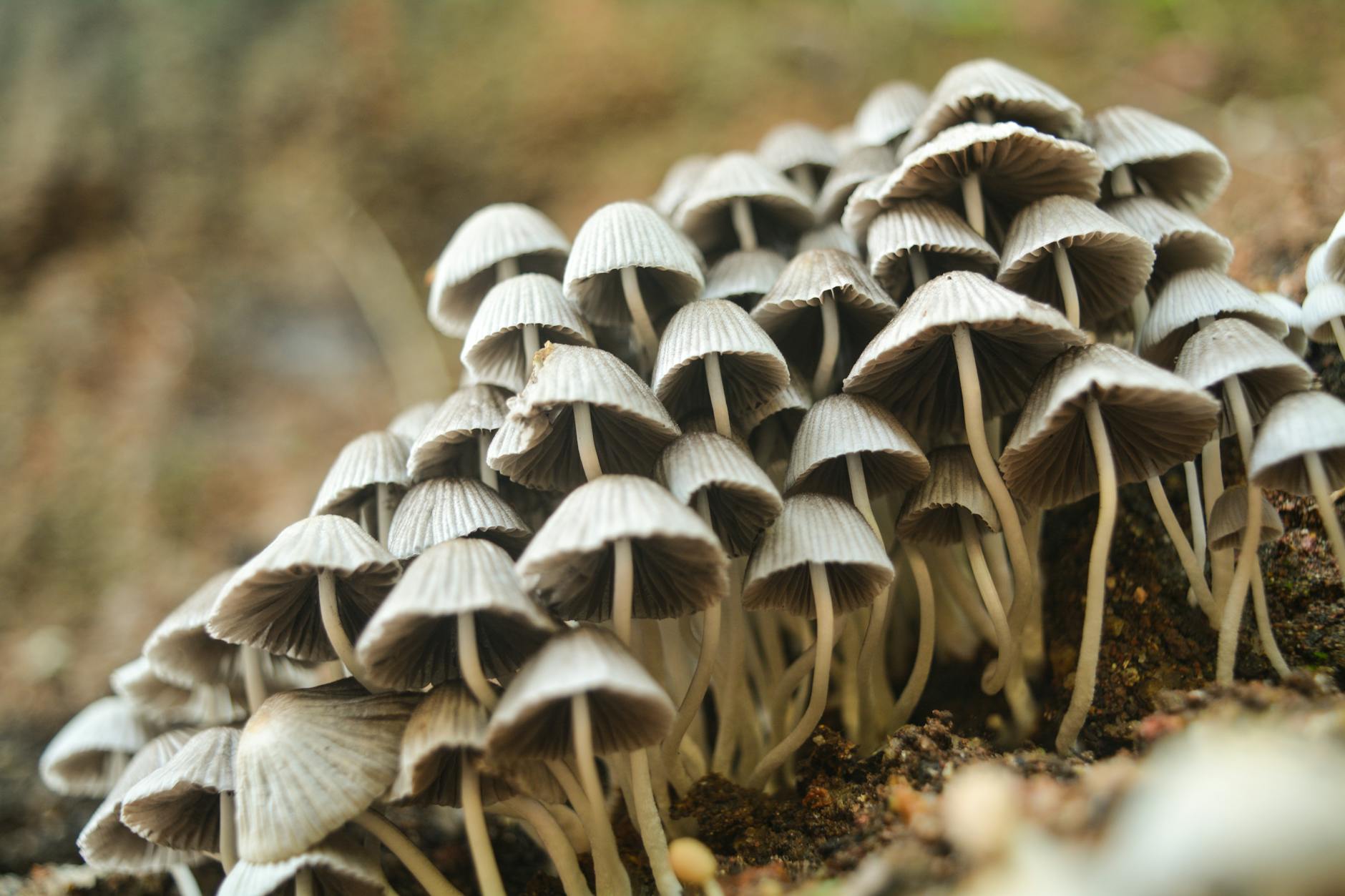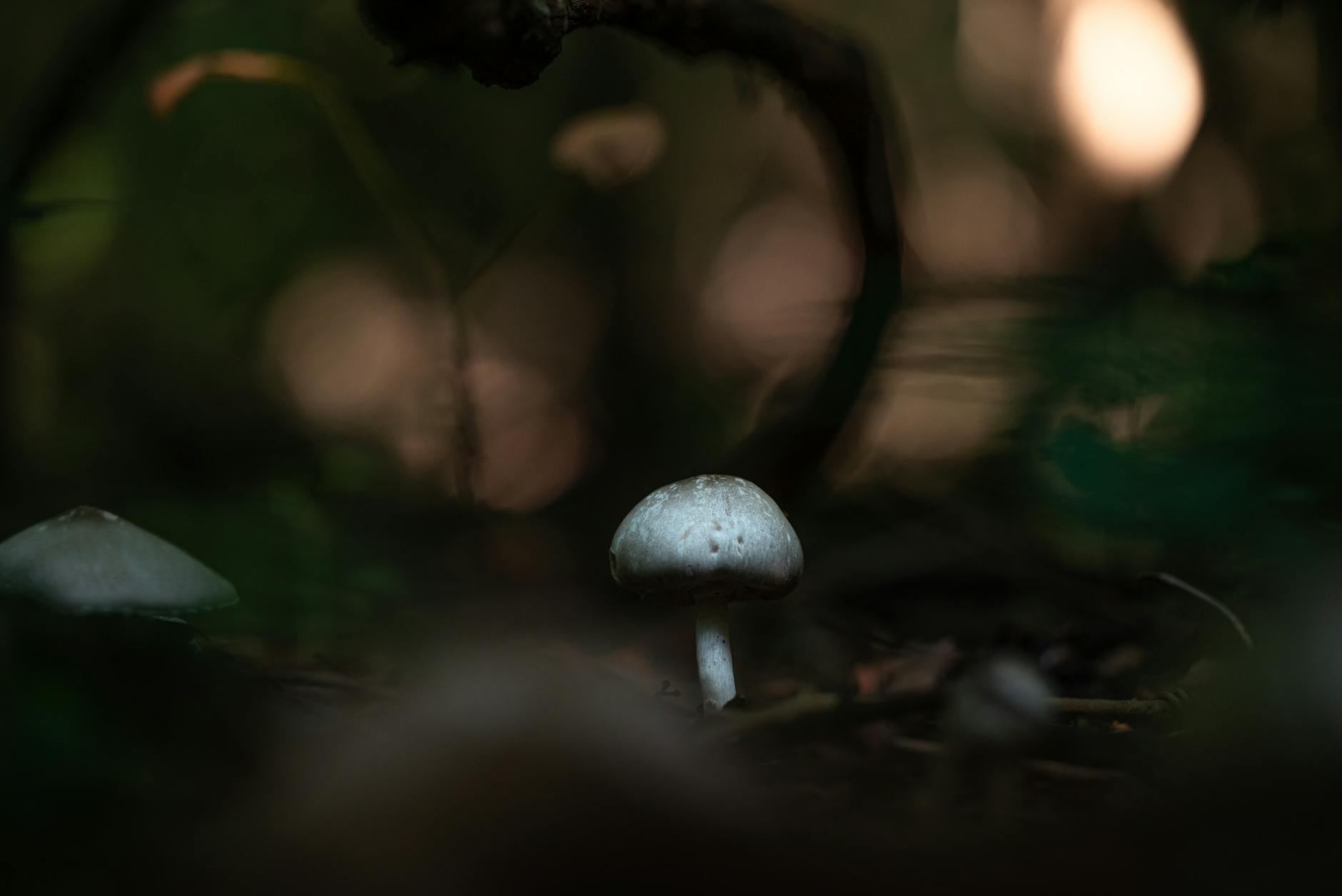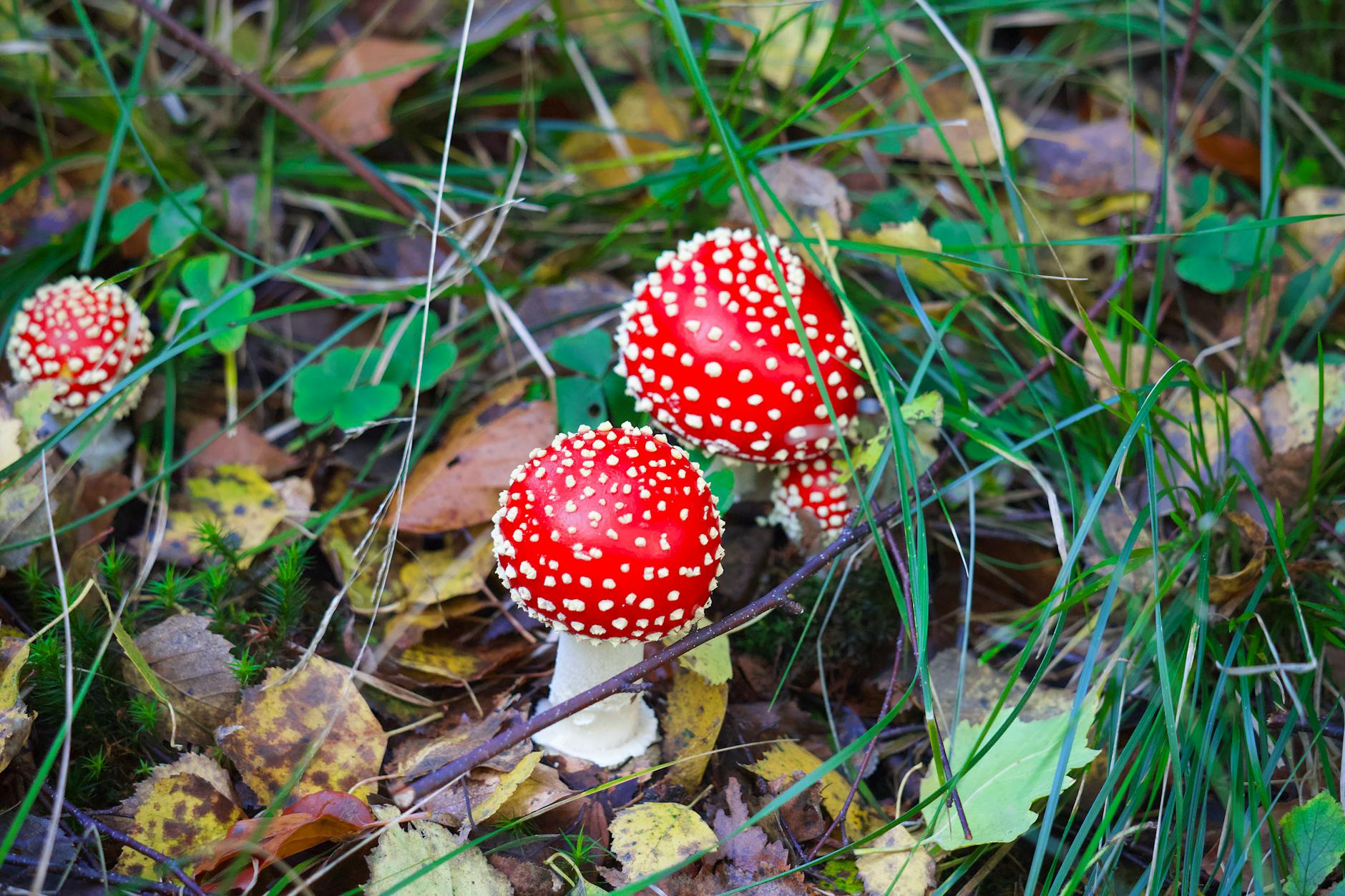Wild edible mushrooms can be a delightful addition to many dishes, but caution should always be exercised when foraging for them. In this wild edible mushroom taste test, we will explore best practices for safely sampling these delicious fungi. Before embarking on any mushroom foraging adventure, it is crucial to understand the risks and take necessary precautions to ensure a safe and enjoyable experience.
Identifying Edible Mushrooms
The first step in any wild mushroom taste test is to accurately identify the mushrooms you plan to sample. It’s essential to be able to differentiate between edible and poisonous varieties. Consult field guides, experts, or attend a workshop to familiarize yourself with the characteristics of the mushrooms you are interested in. Look for key features such as cap shape, gills, spore prints, and stem attachments to help with identification.
Safe Foraging Practices
When foraging for wild edible mushrooms, it’s vital to practice safe harvesting techniques. Avoid picking mushrooms close to roadsides or polluted areas, as they can absorb toxins from the environment. Always use a sharp knife to cut the mushrooms at the base of the stem, leaving the mycelium intact to allow for regrowth. Carry mushrooms in a ventilated basket to prevent them from becoming damp and developing mold.
Importance of Sampling Small Quantities
Before incorporating wild mushrooms into your diet, it’s crucial to sample only a small quantity initially to check for any adverse reactions. Some individuals may be allergic or sensitive to certain types of mushrooms, so it’s best to err on the side of caution. Begin by sampling a small piece of the mushroom and wait 24 hours to monitor for any signs of digestive issues or allergic reactions before consuming larger quantities.
Cooking Methods for Wild Mushrooms
Incorporating wild mushrooms into your culinary creations can add a unique and earthy flavor to your dishes. Cooking wild mushrooms thoroughly is essential to break down any toxins or indigestible compounds they may contain. Avoid eating raw mushrooms, as cooking helps to neutralize any harmful substances and enhance their taste and texture. Sauteing, roasting, or simmering wild mushrooms are common cooking methods that bring out their savory flavors.
Potential Risks and Precautions
While many wild mushrooms are safe to eat and delicious, there are some toxic varieties that can cause serious illnesses or even be fatal if consumed. It’s vital to be cautious and never consume any mushroom unless you are 100% certain of its identification and safety. When in doubt, consult with an experienced forager or mycologist for guidance. Be aware of look-alike species that can be easily mistaken for edible mushrooms but are poisonous.
Conclusion
In conclusion, conducting a wild edible mushroom taste test can be a rewarding experience for foragers and food enthusiasts alike. By following best practices for safe sampling, including proper identification, safe foraging practices, sampling small quantities, and cooking mushrooms thoroughly, you can enjoy the flavors of the forest in a safe and responsible manner. Remember, when in doubt, it’s always better to be cautious and seek the advice of experts to ensure a positive and enjoyable wild mushroom foraging experience.


